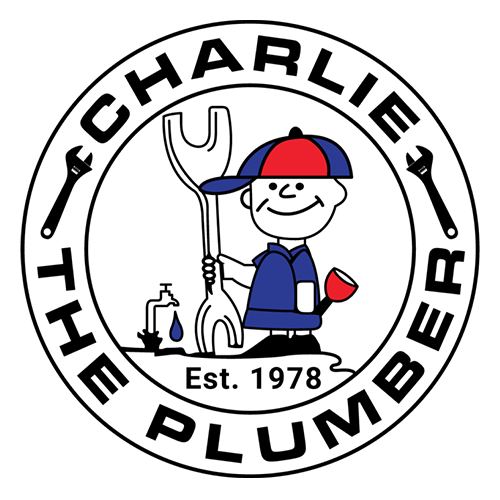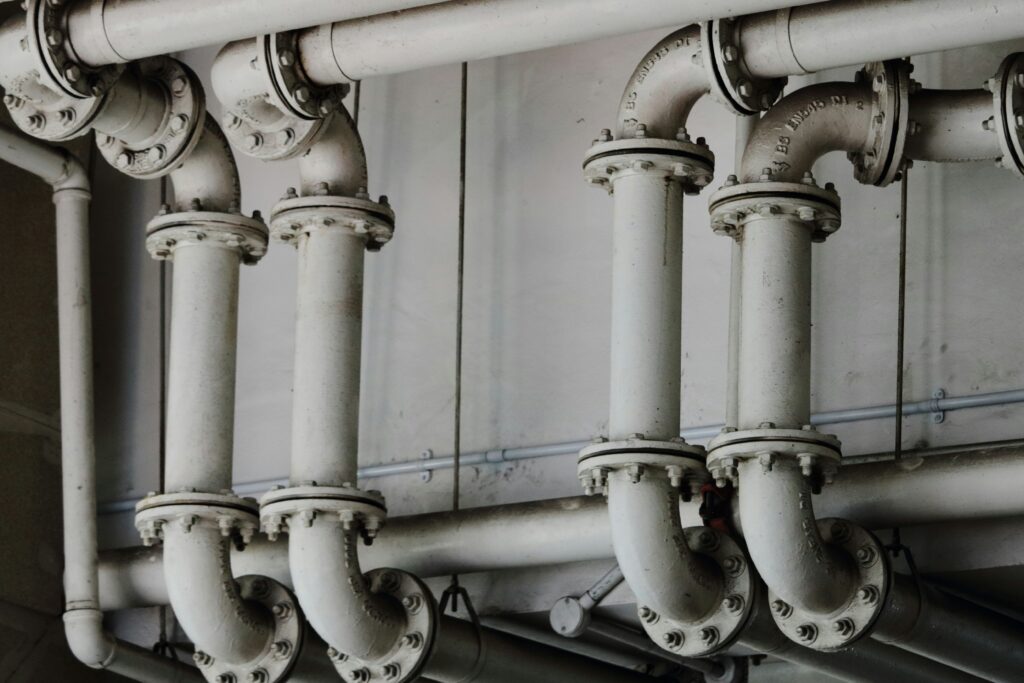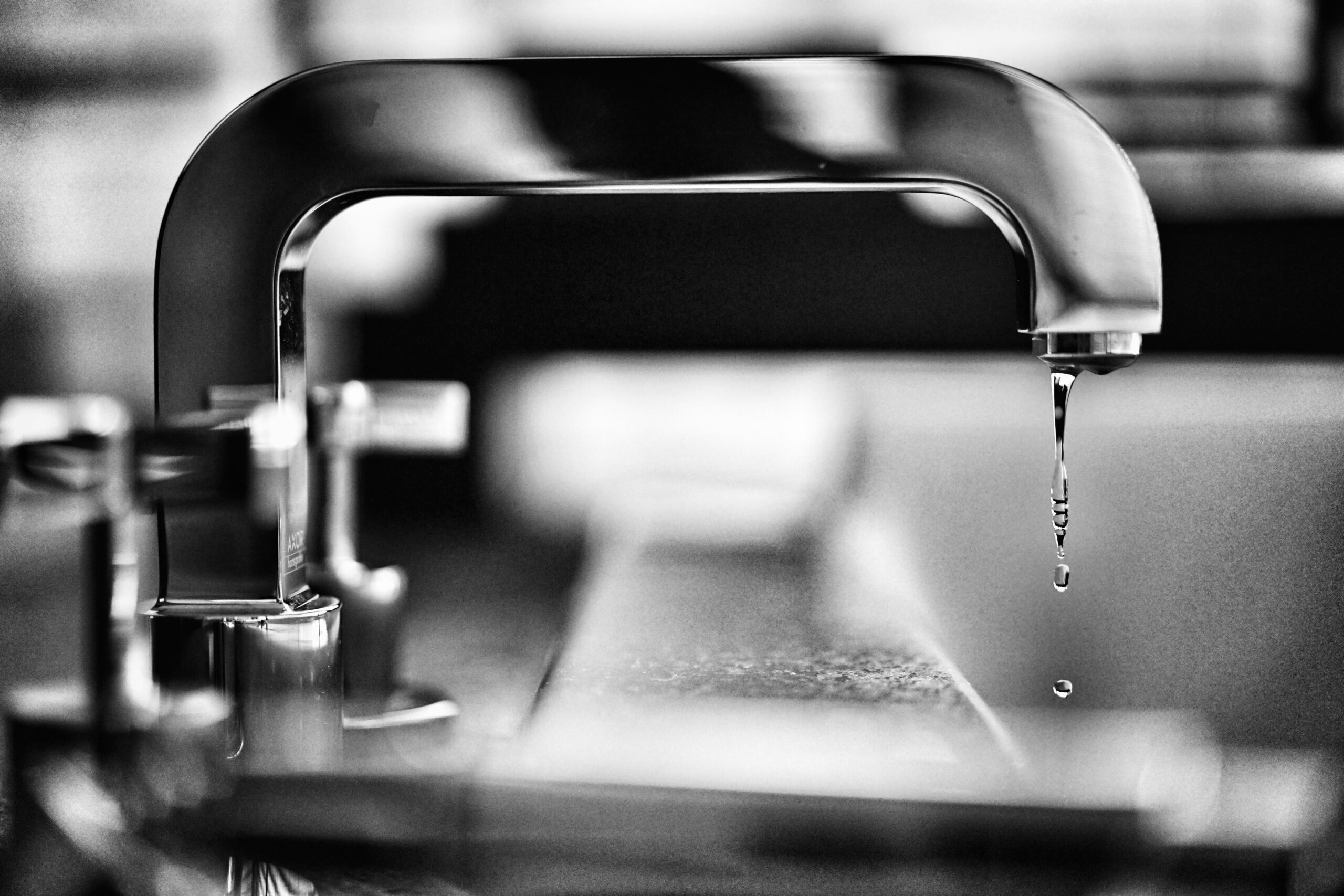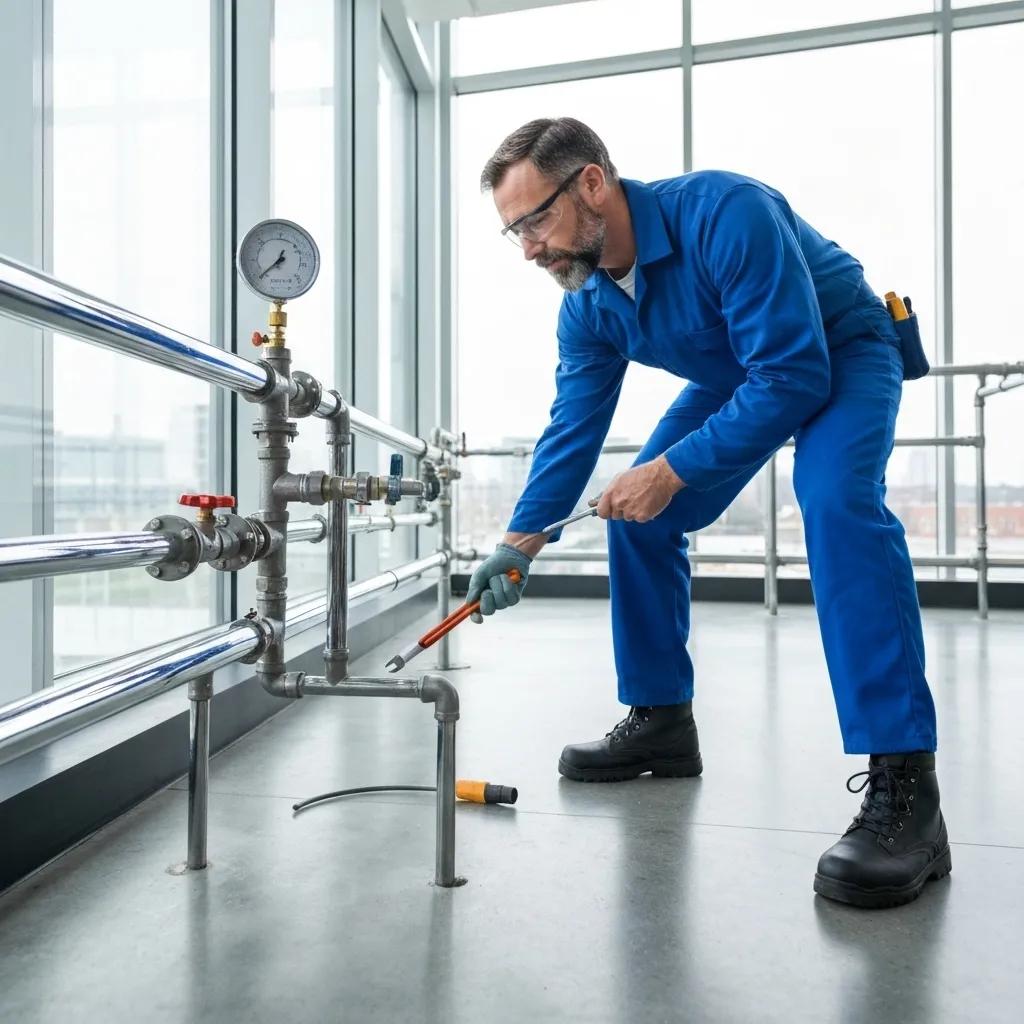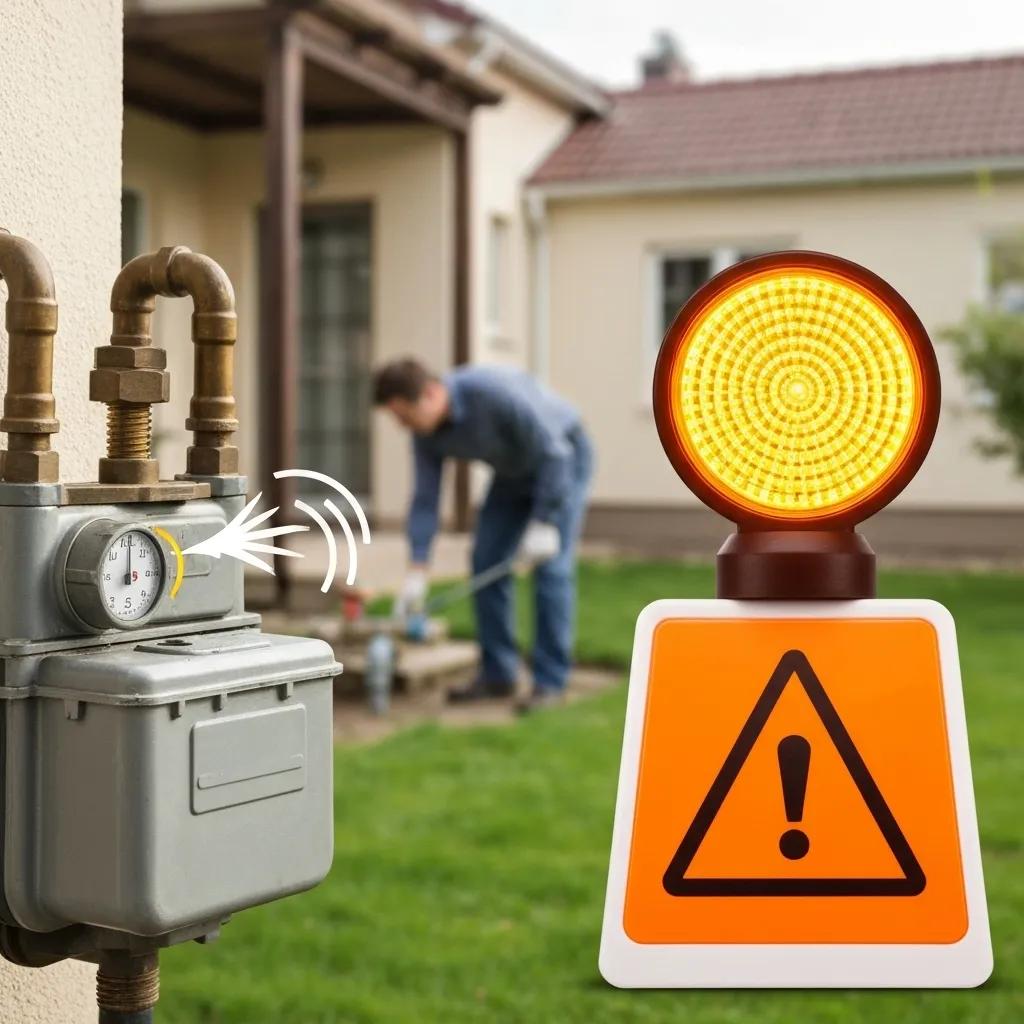The beautiful, mature trees that add character and value to your property are also engaged in a silent, relentless search for resources. Unfortunately, one of the most attractive targets lies just beneath your lawn: your sewer line. This underground network is a constant source of water, nutrients, and oxygen—everything a tree’s root system craves. When roots find their way into your pipes, they can trigger a cascade of problems, from minor annoyances to catastrophic failures. Recognising the early signs of this invasion is crucial for protecting your home’s essential plumbing infrastructure. If you ignore these problems, they can cause a lot of damage and cost a lot of money. Removing roots can cost $200 to $600. Severe damage might require a full pipe replacement.
The Invisible Battle Beneath Your Home: Understanding the Threat
Before you can spot the signs of damage, it’s important to understand why and how this underground conflict begins. Tree roots don’t maliciously attack your pipes; they are simply following their biological programming to find and absorb life-sustaining resources.
The Allure of the Sewer Line: Why Roots Seek Your Pipes
A tree’s root system is a marvel of natural engineering, constantly expanding in search of moisture and nutrients. Your sewer lines offer an irresistible combination of all three. Wastewater provides a consistent supply of water and nutrient-rich organic matter. As warm water vapour escapes through tiny cracks or loose joints in the pipes, it creates a plume in the surrounding soil. Tree roots can detect this vapour and will grow directly toward its source, making your plumbing system a prime target, especially in dry soil conditions.
How Roots Infiltrate: The Vulnerable Points in Your Plumbing System
Roots don’t need a large opening to gain access. The smallest crack, a loose joint, or a tiny imperfection in older clay or cast iron sewer pipes is enough for a fine, hair-like root to penetrate. According to Carter’s My Plumber, tree roots are a leading cause of sewer line repairs, underscoring how common these vulnerabilities are. Once inside, the root finds itself in an ideal environment and begins to thrive, growing larger and more complex within the confines of the pipe.
The Mechanics of “Active Damage”: From Micro-Intrusion to Major Malfunction
The initial root intrusion is just the beginning. As the root grows, it expands, exerting immense pressure on the pipe from within. This pressure widens the original crack, allowing more roots to enter. These roots continue to grow, creating a dense mass that traps waste, toilet paper, and other debris, leading to a significant blockage. Over time, pressure can make the pipe crack, collapse, or separate at the joints. This weakens your plumbing system and causes serious leaks.
Unmistakable Indicators: Clear Signs Your Sewer Line is Under Attack
While the damage starts invisibly underground, it eventually manifests in clear, observable signs throughout your home and yard. Paying attention to these indicators can help you catch a root intrusion problem before it becomes a full-blown emergency.
Slow Drains and Recurring Clogs: The Everyday Frustration
One of the earliest and most common signs of a root problem is a gradual slowdown in your drains. If you notice that your toilet, shower, or sinks are draining more slowly than usual, it could indicate a partial blockage forming in the main sewer line. You might also find yourself dealing with recurring clogs that keep coming back, even after you’ve tried to clear them. This pattern suggests the obstruction is not a simple clog but a persistent one, like a growing root mass.
Gurgling Sounds and Foul Odours: Sensory Clues to Root Activity
When water struggles to pass through a partially blocked sewer pipe, it can trap air, which is then forced back up through the system. This displacement often creates a distinct gurgling sound from your toilets or drains, especially after flushing or draining a sink. Additionally, if the sewer line is cracked or breached by roots, foul sewer gas can escape and permeate your home or yard, serving as another clear warning sign of a compromised system.
Elevated Water Bills: A Financial Red Flag for Hidden Leaks
If tree roots have caused significant cracks or separations in your sewer pipe, water will continuously leak out into the surrounding soil. While this leak is on the wastewater side of your system, a severely damaged line can affect the overall pressure dynamics of your plumbing. In some cases, damage to the main line can be linked to parallel water line issues, leading to an unexplained spike in your water bill. This financial red flag warrants an immediate investigation into potential underground leaks.
Yard Anomalies: Visible Signs of Underground Trouble
The damage occurring below ground can create visible changes on the surface. Look for isolated patches of unusually green, lush grass in your yard. This can be caused by the “fertiliser” effect of leaking sewage. Conversely, you might see a sinkhole or a noticeable indentation in the ground along the path of your sewer line. This is a critical sign that the pipe has likely collapsed, and the surrounding soil is being washed away, requiring immediate professional attention.
Foundation Issues and Low Water Pressure: Severe Consequences
In the most severe cases, a long-term, unaddressed sewer line leak caused by root intrusion can oversaturate and destabilise the soil around your home’s foundation. This can lead to cracks in your foundation, walls, or floors. Although it is less common, a big collapse in the main sewer line can lower water pressure in the whole house. This shows a failure in your underground utilities.
Confirming the Culprit: Professional Diagnosis is Key
While the signs may point to tree roots, a definitive diagnosis is essential before any action is taken. Professional skills and technology are very important here.
Why DIY Isn’t Enough: The Hidden Nature of the Problem
Chemical root killers and drain snakes might provide temporary relief from a blockage, but they don’t address the underlying issue. These DIY methods cannot remove the entire root mass and do nothing to repair the crack or break in the pipe that allowed the roots to enter in the first place. The problem will inevitably return, often worse than before.
The Power of a CCTV Drain Camera Inspection
The most effective way to diagnose root intrusion is with a CCTV (Closed-Circuit Television) drain camera inspection. A professional plumber will feed a flexible, high-resolution camera down your sewer line. A sewer camera gives a live video of the inside of your pipes. It helps find the exact place, type, and seriousness of root intrusion and pipe damage.
The Role of the Professional Plumber and Sewer Camera Inspection
A qualified plumber uses the sewer camera inspection to develop a precise action plan. They can determine if the pipe is simply blocked or if it has been cracked, crushed, or separated. An accurate diagnosis helps choose the right fix. It could be clearing the blockage, repairing part of the pipe, or replacing the whole pipe.
Fighting Back: Effective Solutions for Root-Damaged Sewer Lines
Once root intrusion is confirmed, plumbers have several effective methods to clear the blockage, repair the damage, and restore the integrity of your sewer line.
Clearing the Existing Blockage: Immediate Relief and Preparation
The first step is always to clear the immediate blockage. This is typically done using specialised tools like a mechanical auger with a rotating head that cuts through the dense root mass. This restores flow to the sewer line and prepares the pipe for any necessary repairs, allowing a clear view for a final assessment.
Repairing the Damage: Long-Term Integrity for Your Plumbing System
For pipes that are cracked but still structurally sound, trenchless pipe relining is an excellent long-term solution. This process involves inserting a flexible, resin-coated liner into the damaged pipe and inflating it. The resin cures to form a new, seamless, and durable pipe within the old one. This “pipe-within-a-pipe” seals all cracks and joints, effectively blocking roots from re-entering. If pipes have collapsed badly, workers may need to dig up and replace them. This method is more disruptive, but it gives you a new, secure sewer line.
Addressing the Source: Tree Management and Removal
In cases of recurring and aggressive root intrusion, managing the tree itself may be necessary. A professional tree expert can suggest ways to prune roots. In extreme cases, they may advise removing a tree that is too close to the sewer line.
Future-Proofing Your Plumbing: Proactive Prevention Strategies
The best way to deal with root damage is to prevent it from happening in the first place. Several proactive strategies can protect your plumbing system for years to come.
Smart Tree Selection and Placement for a Healthy Garden and Home
When planting new trees, choose species with less aggressive root systems and plant them a safe distance from your sewer lines. Research the mature size of a tree’s root system before you plant to avoid future conflicts between your garden and your home’s infrastructure.
Implementing Root Barriers: A Physical Shield
For existing trees or new plantings near sewer lines, installing a root barrier can be a highly effective preventative measure. These are typically sheets of plastic or fabric buried vertically in the ground between the tree and the pipes. A root barrier physically deflects roots, guiding them to grow down and away from your plumbing system.
Regular Maintenance and Monitoring for Your Plumbing System
It is smart to schedule sewer camera inspections every few years. This is especially true if you have large, mature trees on your property. This allows plumbers to catch potential root intrusion early, before it can cause a significant blockage or damage to your pipes.
When to Call the Experts: Ensuring Professional and Lasting Solutions
Tackling a sewer line issue requires specialised knowledge and equipment. Knowing when to call in professionals is key to a successful and lasting resolution.
The Importance of a Qualified Professional Plumber and Landscape Specialist
A qualified plumber can provide an accurate diagnosis and implement the correct repair, such as pipe relining, which can protect your pipes for up to 50 years. For tree-related issues, a landscape specialist or arborist can offer expert advice on managing your trees without compromising your plumbing.
Considerations for Choosing a Service Provider
When choosing a plumber, look for a licensed and insured professional with specific experience in diagnosing and repairing sewer line root intrusion. Ask if they use modern equipment like CCTV cameras and offer solutions like trenchless pipe relining. Check reviews and ask for references to ensure you are hiring a reputable expert.
Conclusion: Protecting Your Home from the Ground Up
Your home’s plumbing system is a critical asset that is vulnerable to the silent, persistent threat of tree root intrusion. By understanding why and how roots damage sewer lines, you can become more vigilant in watching for the tell-tale signs.
Recap of the importance of recognising the clear signs that tree roots are actively damaging your sewer lines early.
Recognising the clear signs—slow drains, gurgling sounds, yard anomalies, and foul odours—is the first and most critical step. Early detection lets you fix a small blockage before it causes a costly pipe collapse. This saves you from expensive repairs, property damage, and major disruptions to your daily life.
Final Call to Action: Don’t wait for a crisis – protect your home and avoid costly repairs by addressing root damage today.
If you suspect that tree roots are compromising your sewer line, don’t wait for a sewage backup to confirm your fears. A proactive approach is the best defence. Schedule a professional camera inspection to get a clear picture of your pipe’s health and take the necessary steps to protect your property from the ground up.
